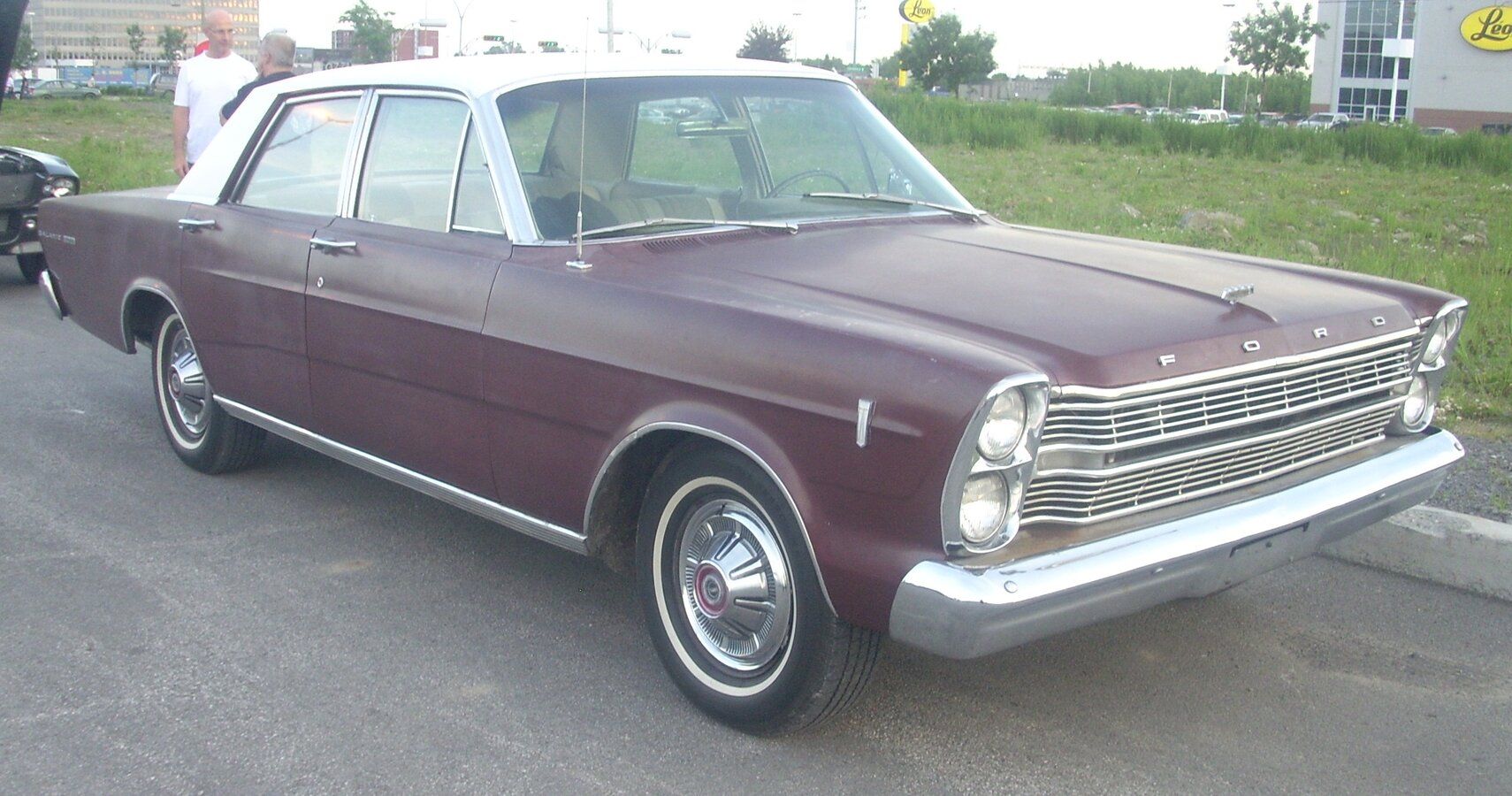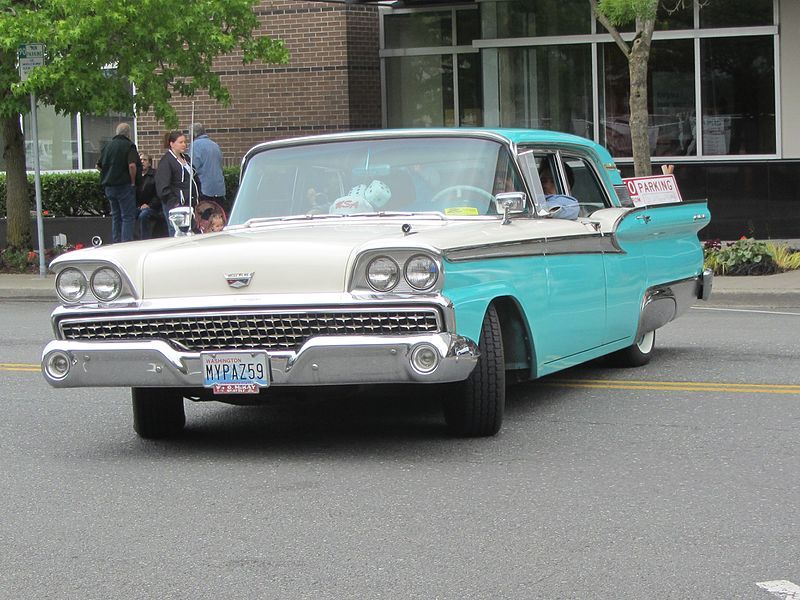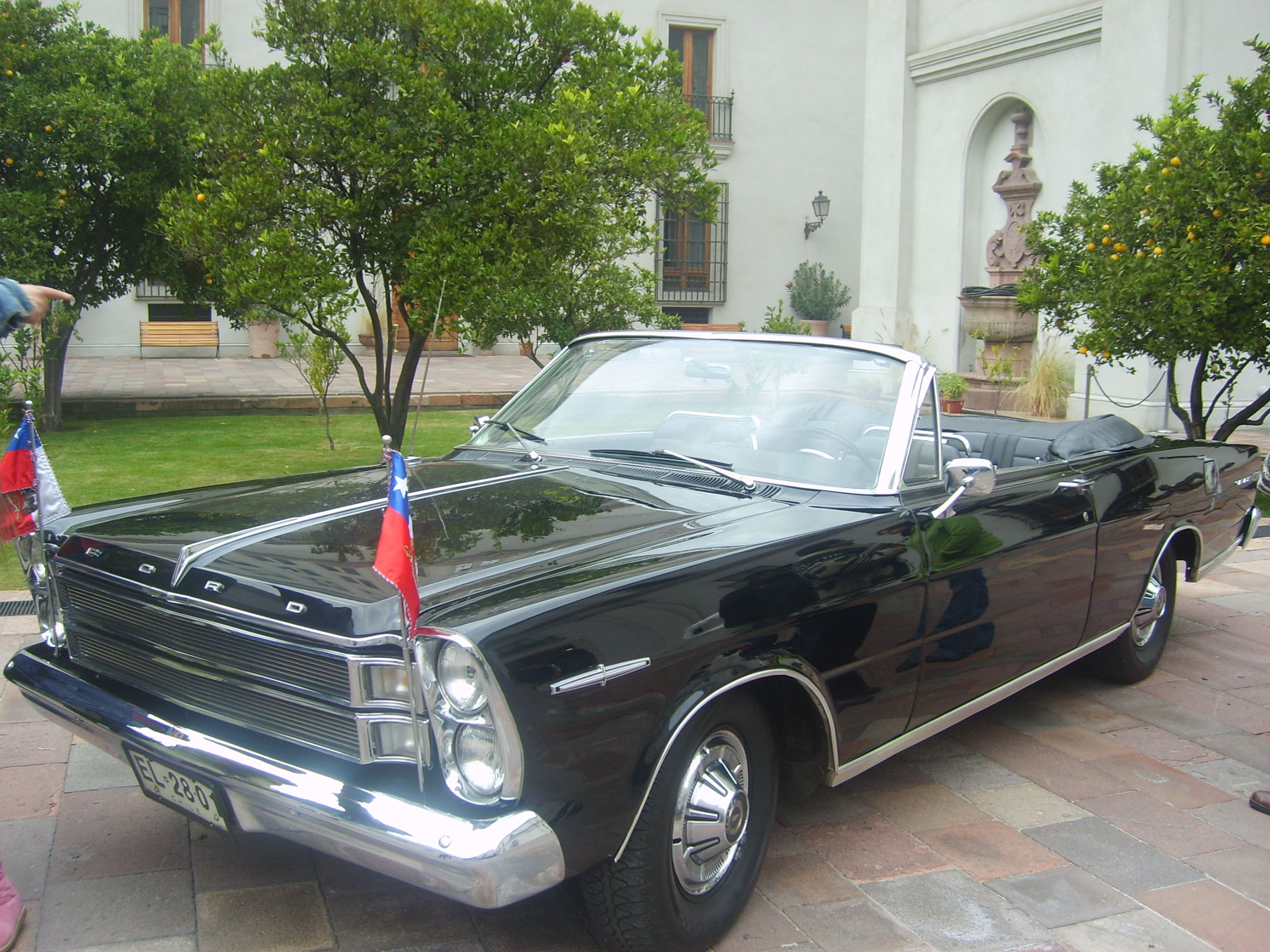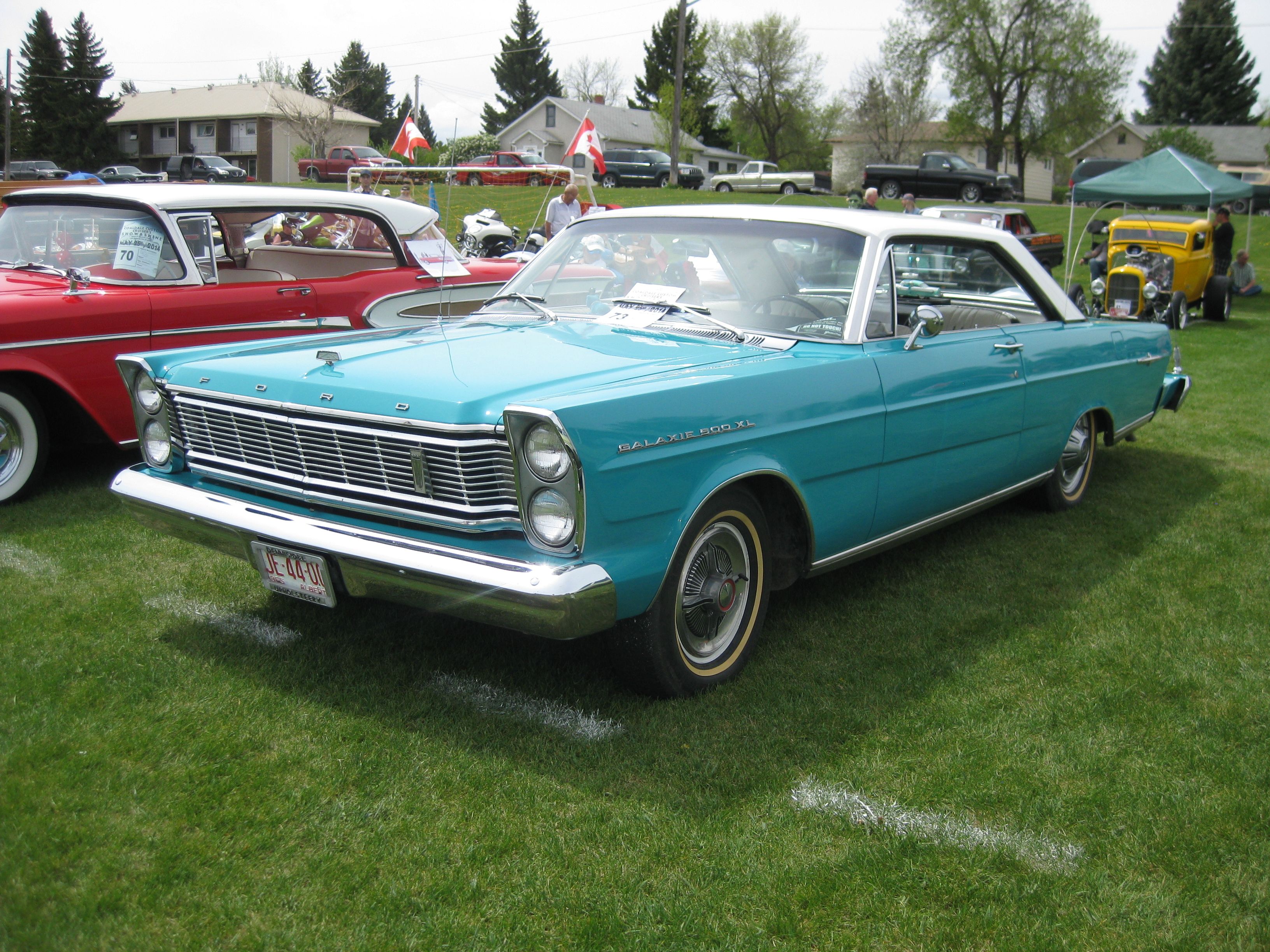Back in 1958, Chevrolet took the automobile market by storm with its flagship passenger car, Chevy Impala. The full-size Chevy was a rage in the late 50s. The launch proved to be a masterstroke that took all of Chevrolet's competitors by surprise.
Among other top automobile brands back in the day was Ford. With a reputation of producing some impressive vehicles in the 1950s, all eyes were now on Ford. Their response to Chevrolet Impala? A full-sized car, targeted at a similar crop of buyers. Labeled as the Ford Galaxie, the full-sized car remained in production from 1959 to 1974. The name was a marketing gig inspired by the 20th century "Space Race" between cold war rivals, the USSR, and the US. While the Galaxie series was a massive success, the year 1966 stood out in terms of production and sales numbers.
What makes the 1966 Ford Galaxie a classic? Let's find out.
Production History
The Galaxie range was one of Ford's most famous car series ever. Produced between 1959 and 1974, the Galaxie was a successor to the Ford Fairlane. The full-sized Ford classic, built in the United States, was cherished by the general public and celebrities alike. The car was, after all, released in an age where companies were marketing their vehicles to appeal to the public excitement surrounding the Space Race. One of the biggest rivals of the Galaxie (apart from the Chevy Impala, of course) was the Dodge Polara, named after the star "Polaris", which again was owed to the space race excitement in the general public.
The 1959 Galaxie model range was introduced in the latter part of the year 1958, with the Fairlane 500 released as the top trim level. However, in the next model year, the Galaxie was added as an additional trim level, superseding the Fairlane 500. The Galaxie was offered as a sedan with a hardtop body, and the 1959 model carried both "Fairlane" and "Galaxie" badging. The body of the car boasted stainless steel and chrome finish with an optional two-tone paint. The second generation of the Galaxie models lasted from 1960 to 1964. With a wheelbase of 119 inches, the new-gen cars from the Galaxie series were a sight to behold. The newly introduced "Starliner" was a fan favorite that featured exquisite curves on a pillar-less hardtop body shell. Three-star emblems on the sloping rear hood served as the signature badge for all Galaxie models between 1960 and 1962. The 1963 model was essentially the same - barring some additional trim, while the 1964 model discontinued the formal box-top roof style, and replaced it with the "fastback roof design".
Between 1965 and 1968, the third generation of the Ford Galaxie was released with an entirely new design featuring vertically placed headlights on the new taller and bulkier cars. An all-new engine variant was made available, in the form of 240 cu in (3.9L) six-cylinder engines. The 1965 models boasted newly redesigned suspensions. A new three-link system with coil springs had replaced the ancient leaf-spring system. The revamped interiors featured a new instrument panel and two-way key vehicle access. The fourth and final generation of the Ford Galaxie was produced between 1969 and 1974. The Galaxie series declined towards the dawn of the 4th generation, while the Ford Country Squire and the Ford Thunderbird caught took off.
1966 Ford Galaxie: The Most Successful Model Of The Series
What makes the 1966 Ford Galaxie the ultimate Ford classic is the immense success it enjoyed during its reign? Well, here's the story.
The year 1966, in particular, was the best year in the lifetime of the Ford Galaxie Series. A new model, called the Galaxie 500 7.0 Litre, was introduced by Ford. It was powered by a new Thunderbird V8 engine. The classic car was also employed by the police force back in the day. The Galaxie police cars were 360hp versions of the 428 and were referred to as the "Police Interceptors" by the general public.
In Brazil, the Galaxie was introduced as a 1967 "Ford do Brasil" model. The classic car maintained the same dimensions throughout its production streak in Brazil - which ended in 1983. Ford achieved a new high as this classic beaut was ranked #3 among the highest-selling convertible cars in the US after selling over 27,454 cars. It was only beaten by the Mustang (over 72,000 sales) and the Impala (38,000).
An Underrated Classic
The 1966 Ford Galaxie is an underrated gem. Arguably the greatest car of the Galaxie range, the 1966 Ford model needs to be spoken about a lot more. While its yesteryear rivals (Chevvy Impala and Dodge Polara, for example) remain widely popular, the 1966 Ford Galaxie has a legacy of its own. If you're looking at purchasing a classic car, you can do a lot worse than a vintage Ford Galaxie. The cost of the vehicle would of course depend on the condition of the model you purchase. In an ideal scenario, the 1966 Ford Galaxie should cost less than most of the popular classic cars.




